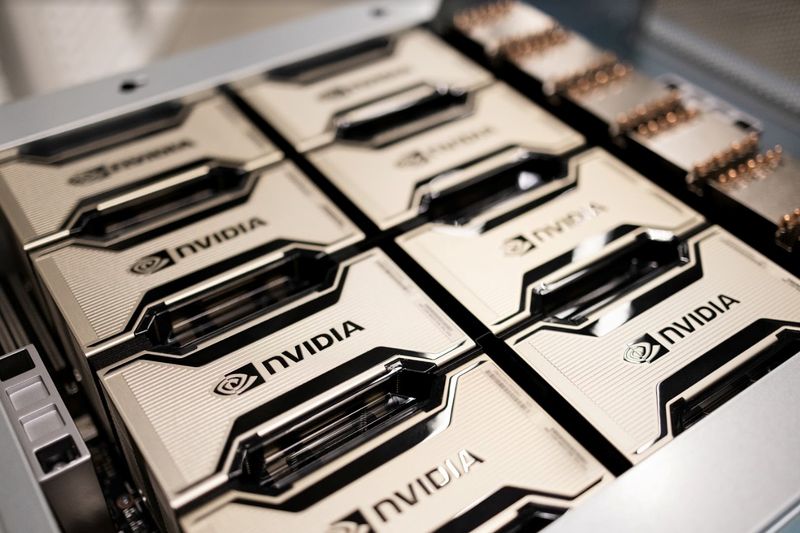Nvidia Corp. co-founder and chief executive Jensen Huang addressed Wall Street concerns on Wednesday, but was unable to fully alleviate them as the company faces a deceleration in its growth.
The company reported fiscal second-quarter earnings and revenue that exceeded expectations; however, its third-quarter forecast did not surpass consensus estimates.
As a result, Nvidia's shares declined, falling nearly 7% in after-hours trading, potentially marking its worst post-earnings performance in 2-1/2 years if the trend continues.
However, eToro market analyst Josh Gilbert says the fact the company exceeded earnings and revenue expectations is a positive as the company continues to make an impact in the growth of artificial intelligence.
"When you’re dubbed as the most important stock on the planet, you’ve got to deliver, and Nvidia has done exactly that once again, beating expectations across the board and showing that demand for AI remains solid,” Gilbert said.
“Revenue jumped 122% year-over-year to $30.04 billion and its data centre revenue grew 154% to $26.3 billion, both smashing through estimates. Nvidia also announced an additional $50 billion buyback program, signalling its confidence in what's ahead after ending the quarter with a massive cash balance of $34.8 billion.
“What CEO Jensen Huang and his team are doing at Nvidia is nothing short of outstanding. They’re taking full advantage of the AI revolution and continuing to deliver every single quarter.
"The world’s biggest tech names are spending big. Meta, Microsoft (NASDAQ:MSFT) and Alphabet (NASDAQ:GOOGL) are all growing their capital expenditures and that cash is going straight to Nvidia because they’re the best in the business.
“Its outlook once again beat expectations, and after concerns that there may be delays, however, it foresees several billions of dollars in revenue from its new Blackwell chips.
"The market may be disappointed not to see a bigger beat on its outlook given what is now almost unattainable expectations, but the bottom line here is that the long-term story remains intact, demand remains huge and the Juggernaut that is Nvidia rolls on."
Growth slows down
The company, which has seen significant growth in revenue and earnings over the past two years due to the high demand for its graphics processors in AI data centres, is experiencing a slowdown.
Sequential growth rates of gross margins and data centre sales declined compared to the fiscal first quarter.
A key issue contributing to this slowdown is the delay in the volume production of Nvidia's next-generation chip family, code-named Blackwell. Originally expected to be in full production by the third quarter, the company now anticipates a fourth-quarter ramp-up due to a “mask change” to improve production yields.
“Hopper demand remains strong and the anticipation for Blackwell is incredible,” Huang told analysts on Wednesday, referring to the earlier generation of GPUs, the H100 Hopper family.
Third Bridge analyst Lucas Keh noted that Nvidia had been reducing prices on its H100 line, which he identified as a possible factor in the sequential decline in gross margins.
Additionally, some analysts questioned Huang about concerns on Wall Street, where investors are seeking evidence of returns on the substantial investments made in artificial intelligence (AI) over the past 18 months.
After previously providing an extensive response on the topic, Huang offered a more concise explanation, stating that the transition to a new computing paradigm, which prioritises GPUs over central processing units, is more efficient.
“When they build out Hopper-based infrastructure, and soon Blackwell-based infrastructure, they start saving money,” Huang said. “That’s tremendous return on investment. And the reason why they start saving money is because data processing saves money… The world of general-purpose computing is shifting to accelerated computing.”
Significant growth projected
Nvidia is projecting significant growth in the coming year as its Blackwell family of products enters full-scale production.
Wall Street remains optimistic that capital spending on chips and equipment will persist. However, subtle signs of potential challenges are beginning to surface.
Whether these indicators are minor and temporary or early warnings of a broader slowdown is a critical question to ponder as the next financial year unfolds.
